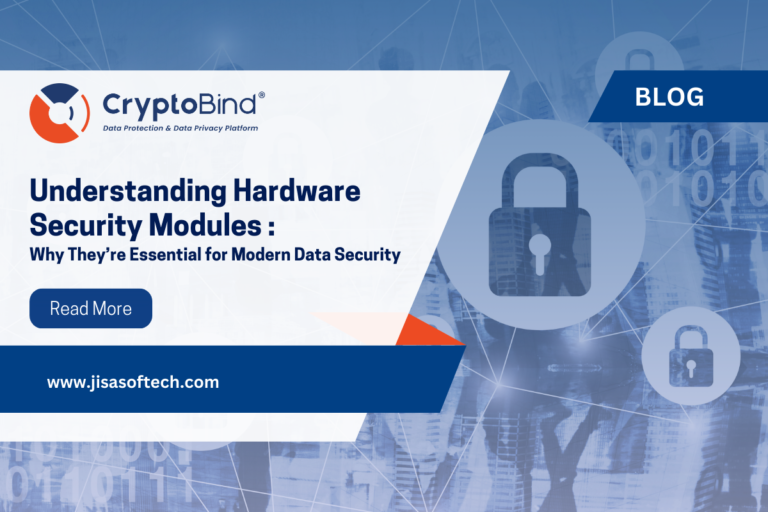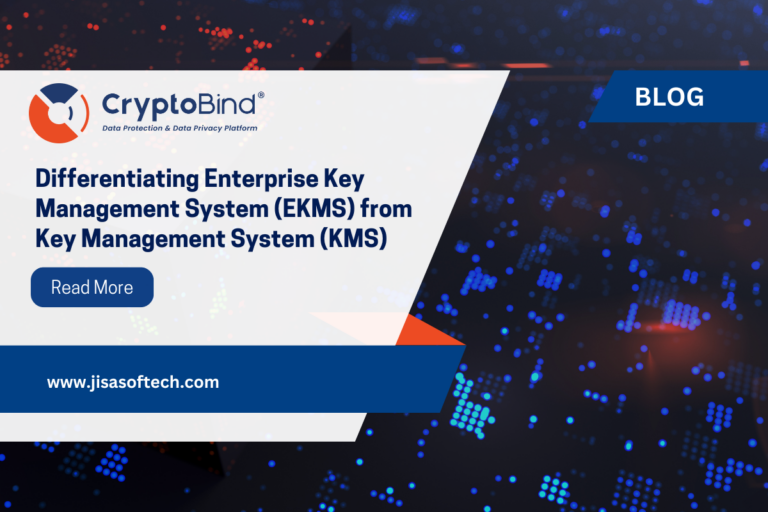Understanding Key Management Strategies in Cloud Environments
Key Management: Common Approaches on the Cloud
In the realm of cloud computing, ensuring the security of sensitive data is paramount. Key management services (KMS) play a critical role in maintaining the confidentiality and integrity of data stored and transmitted across cloud environments. Understanding the common approaches to key management on the cloud is essential for businesses aiming to fortify their security posture. Let’s delve into the primary approaches and considerations surrounding cloud-based key management.
Remote Key Management Service
One prevalent approach to cloud-based key management involves the utilization of a remote key management service. In this scenario, the customer maintains the KMS on their premises, thereby retaining control over the encryption and decryption keys. By owning and operating the KMS, the customer safeguards the confidentiality of their information, while the cloud provider concentrates on ensuring the availability and reliability of services. However, seamless encryption and decryption require hybrid connectivity between the cloud provider and the customer’s infrastructure.
Client-Side Key Management
Another widely adopted method is client-side key management. Similar to remote key management, this approach empowers the customer to oversee encryption and decryption keys. However, in client-side key management, the majority of processing and control occur on the customer’s end. The cloud provider furnishes the KMS, which resides on the customer’s premises, enabling the generation, storage, and retention of keys by the customer. Typically deployed in Software as a Service (SaaS) environments and cloud deployments, this method grants users greater autonomy over their encryption practices.
Key Management Considerations
Several critical considerations underpin effective key management on the cloud:
- Trusted Processes: Ensuring the integrity of cryptographic processes, especially random number generation, is imperative.
- Confidentiality and Compliance: Cryptographic keys should never traverse unsecured channels and must adhere to relevant laws and regulations, necessitating careful planning around key escrow and jurisdictional requirements.
- Availability vs. Confidentiality: The unavailability of encryption keys could result in data inaccessibility, highlighting the need to balance confidentiality threats with availability concerns.
- Separation of Duties: To bolster security, key management functions should ideally be segregated from the cloud service provider, reinforcing the principle of separation of duties.
Key Storage in the Cloud
Efficient key storage mechanisms are vital for safeguarding cryptographic keys in cloud environments. Three primary approaches are commonly employed:
- Internally Managed: Keys are stored alongside the encryption engine, often within virtual machines or application components. This method is conducive to mitigating risks associated with data loss.
- Externally Managed: Keys are maintained separately from the data and encryption engine, residing either on the same cloud platform or on a distinct infrastructure, such as a hardware security module (HSM). This approach offers enhanced security and lifecycle management capabilities.
- Managed by a Third Party: Trusted third-party services offer specialized infrastructure and integration services for key management. However, organizations must diligently assess and document associated risks when outsourcing key storage.
Models of Key Management in the Cloud
With the proliferation of cloud computing services, organizations are presented with a various option for key management systems (KMS). Understanding the various models available and their suitability is crucial for making informed decisions regarding data protection in the cloud.
Cloud Native Key Management System:
One prevalent model is the Cloud Native Key Management System, where the responsibility for key management lies with the cloud service provider (CSP). Here, the keys are generated and managed within the cloud environment, utilizing cloud based hardware security modules (HSMs). While this model offers ease of implementation and consumption, here the CSP retains ownership of the keys.
External Key Origination:
Building upon the Cloud Native model, the External Key Origination approach allows organizations to import key material from their on-premises key management systems and HSMs into the cloud environment. This model, akin to the “bring your own key” (BYOK) concept, offers greater control and flexibility to the customer while leveraging the scalability and resources of the cloud. CKMS is well-suited for supporting this model, ensuring seamless integration and enhanced security.
Cloud Service Using External Key Management System:
Alternatively, organizations may opt for a Cloud Service Using External Key Management System, where they maintain control over key management while leveraging cloud-based infrastructure. In this model, the customer’s on-premises key management system interfaces with a dedicated hardware security module hosted within the cloud provider’s data center. This hybrid approach offers a balance between control and scalability, catering to diverse compliance and security requirements.
Multi-Cloud Key Management Systems :
For organizations operating across multiple cloud environments, a Multi-Cloud Key Management System provides centralized key management capabilities. In this model, an on-premise key management system regulates key operations across various cloud platforms, while a private HSM ensures secure storage and processing.
In conclusion, robust key management practices are required for maintaining data security and regulatory compliance in cloud computing. By adopting appropriate key management approaches and leveraging advanced encryption technologies, organizations can bolster their defenses against evolving cyber threats in the cloud ecosystem.
To meet the varied market needs for security, compliance, and cost-efficiency, CryptoBind offers customized key management solutions that support a range of Bring Your Own Key (BYOK), Hold Your Own Key (HYOK), and Bring Your Own Encryption (BYOE) configurations. The implementation, technical features, and legal guarantees of these methods depend on the cloud service provider chosen for your organization.
For more information on securing your encryption keys in the cloud, don’t hesitate to contact us. We’re here to support you at every stage.
Contact us:
www.jisasoftech.com
sales@jisasoftech.com








